
Science Discovery Exploring, Describing, & Explaining the Natural World


Science Discovery Objectives:
- Provide examples of science discovery, including exploration, description, and explanation.
- Distinguish between a scientist and a naturalist, providing examples of historical naturalists.
Quizzes
Online guide and corresponding lecture material is assessed on the quizzes.
Short-answer questions on each quiz; that match the learning objectives.
Open notes and individual effort; do not work on quizzes with another person.
Quiz answers can be added to the final Portfolio.
Media Pieces
Media pieces typically correspond with a laboratory or recitation, except weeks 0 and 9 when they are introduced with lecture.
Media pieces vary and include captioned photos, reflective writing, field sketches, and more.
Media pieces assignments can be completed with commonly available items.
Media pieces can be added to the final Portfolio.
The first media piece is taking notes over the four pages of this guide and the corresponding campus lecture. We often associate note-taking with lecture notes that are typically discarded after an exam. This video suggests another way to view notes.
Start your Media Piece assignment here
Course Notes
In this section and the next three sections (webpages) of this online Discovery Guide, you will be taking notes on the concepts that are covered. This content complements the first lecture, so you can bring these notes to lecture and add to or modify your notes as desired. After attending the corresponding lecture, you will upload these notes to Canvas as this guide’s media piece. You can take notes digitally on a device or on a piece of paper that you digitally photograph and upload: your choice.
You are able (and recommended) to use your personal notes during each week’s quiz. This will be the only time you turn in your notes for grading, but most people continue to take detailed notes, since they can be used to jog memory during each quiz and can be added as personal work to the final Portfolio.

Include in your notes and upload to Canvas:
-
concepts from all four sections (web pages) in this guide, and any additional modifications made during lecture.
-
a combination of text, images, and icons. Your notes may be mostly text, but some type of image and use of icons needs to be included.
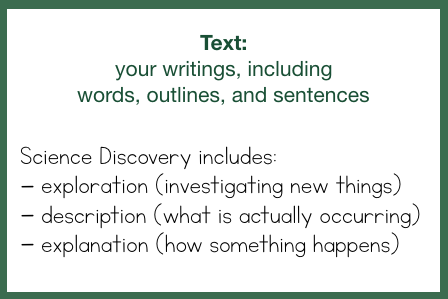
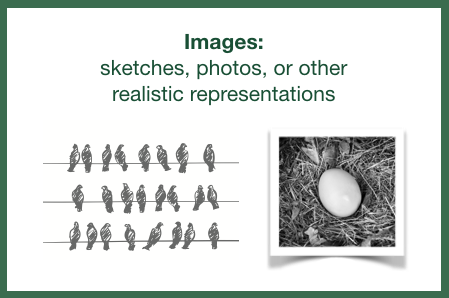
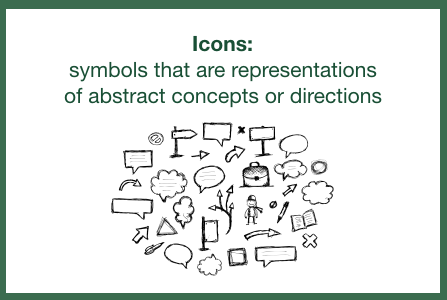
Sample Notes
This is a photo of notes the naturalist Charles Darwin made about barnacles, marine organisms with jointed feeding appendages. There are images, text, and icons, in this case lines pointing to structures.
Your notes on this course may be more text or images, depending on your style. For this assignment you will try to use all three notes components.
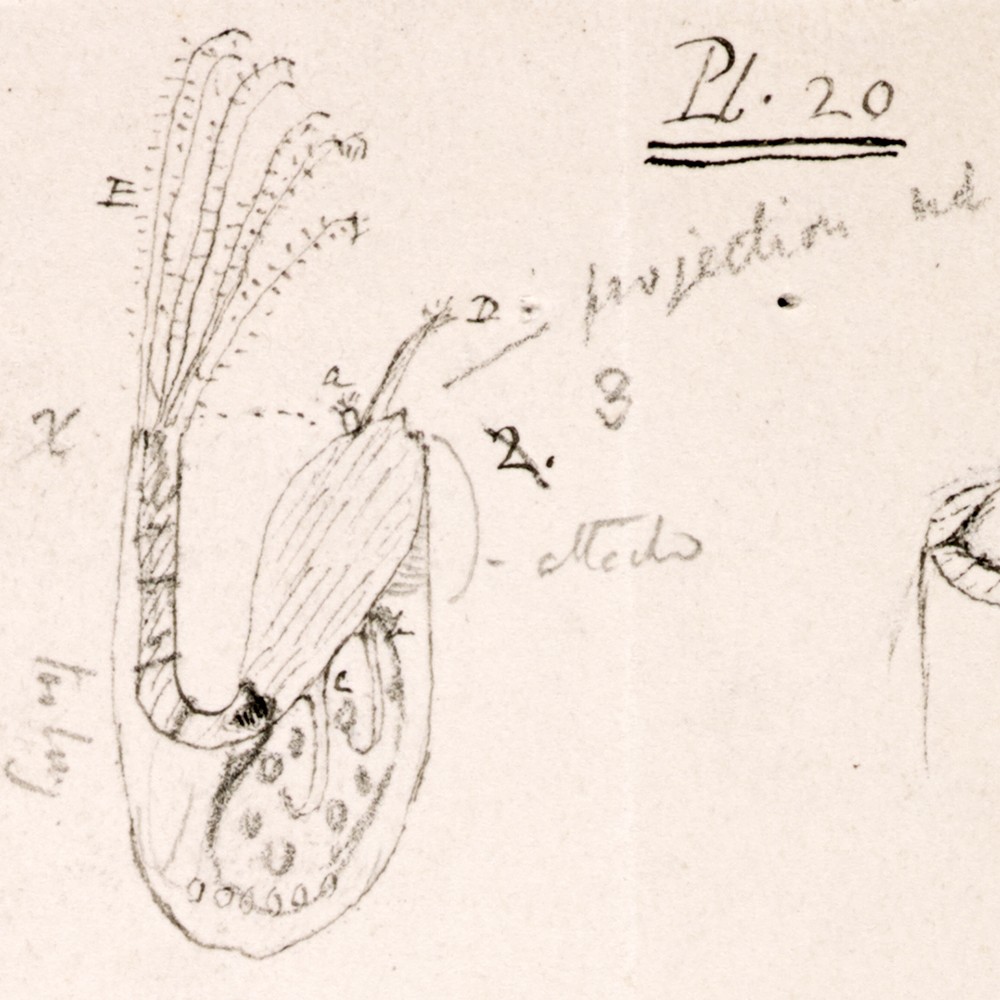
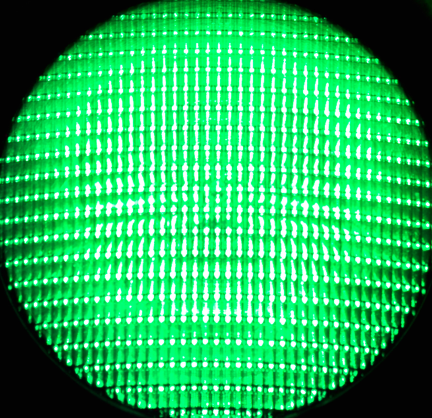
Start your notes here
May 30, 2020: The SpaceX Dragon spacecraft delivering a crew to the international space station
When you think of “science discovery” you may think of space missions, deep sea submersibles, or adventures to the polar ice.
All of these are examples of science discovery, but even if you never explore extreme extreme habitats, you can still engage in meaningful science adventures.
The process of science discovery includes exploration, description, and explanation.
This video introduces the process of science discovery and it will be followed by specific examples.
Let’s see science discovery in action with a trip to the pacific coast.
Nye beach in Newport, Oregon is a popular tourist destination
This is a habitat that many people just walk past instead of exploring…
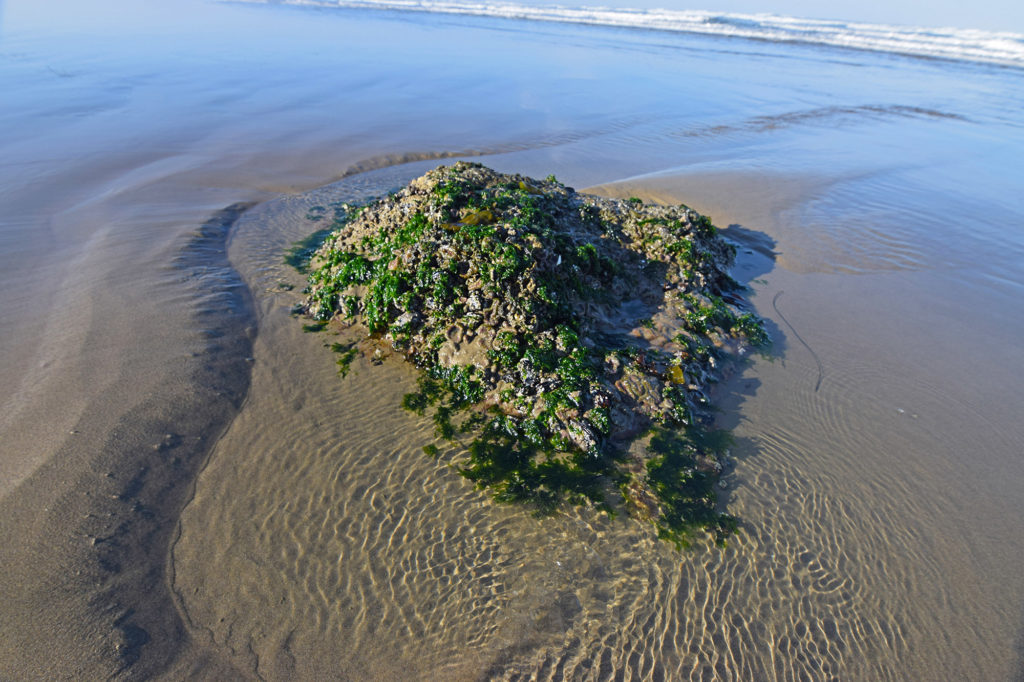
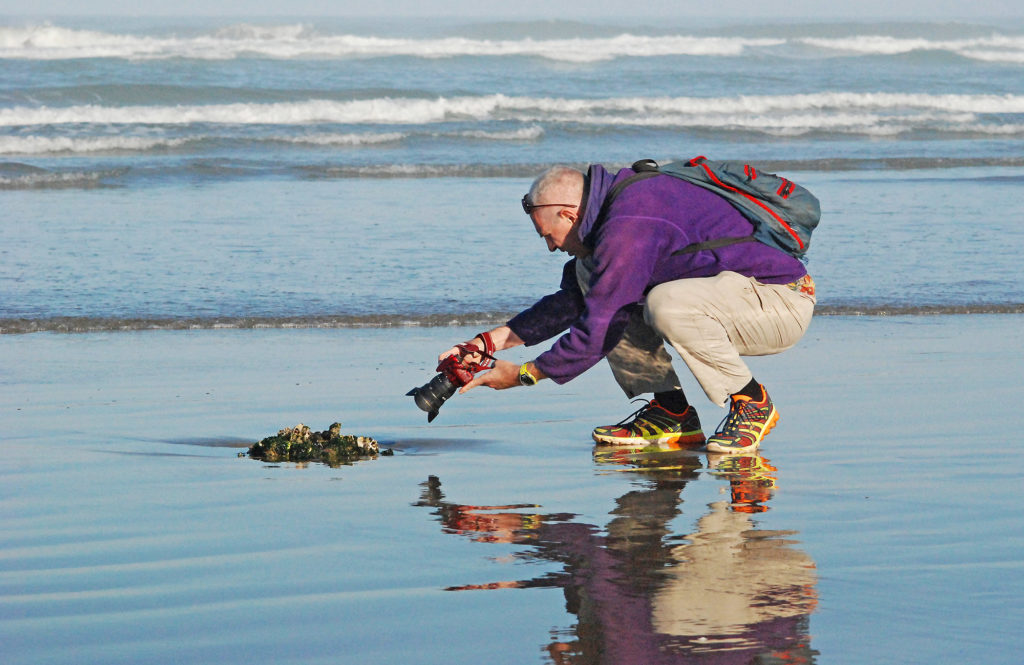
This gives you an idea of scale, Mark is taking a photo.
Exploration is investigating new phenomena, in this case, organisms on a microhabitat (small living space), a rock that is exposed at low tide.
These are the photos Mark is taking of the surface of the rock.
On the rock are numerous organisms. The next step is to accurately describe what is observed.
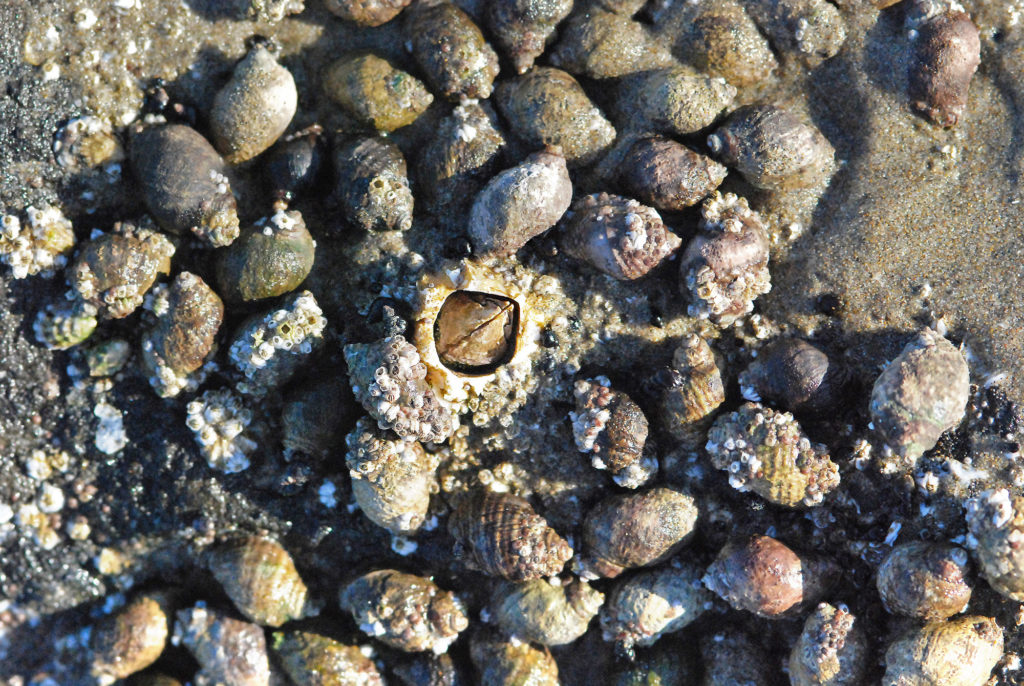
Barnacles
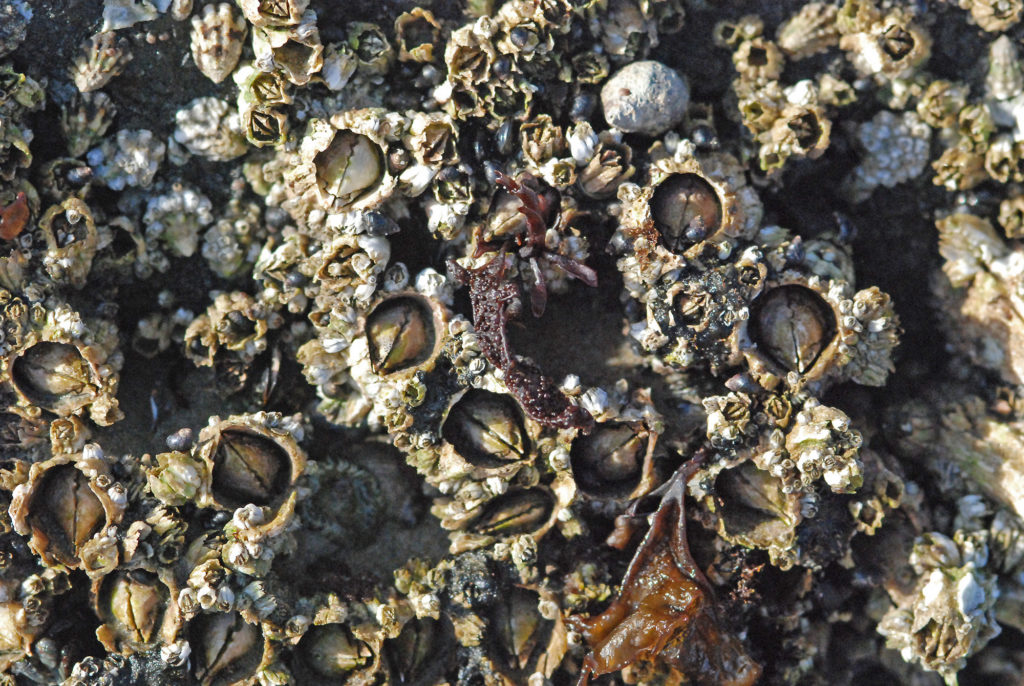
Different Species
The next step is to explain what you are describing.
There is a lot to explain. For example:
-
How do two species of barnacles coexist on the same rock? (more on this in a later section on competition)
-
How do other species interact with barnacles? (later section on food webs).
Explanation may take more detailed examination and description, for example, viewing the barnacles underwater. Experimentation may be necessary to determine whether explanations accurately predict what is occurring in nature.
Scientists use these three processes to develop science knowledge.
Exploration, description, and explanation can also be used to develop personal understandings of the natural world.
In this course you will explore, describe, and explain, as well as learn from others who have gained knowledge through science discovery.
Naturalists
Naturalists study natural history, the characteristics of the natural world. This includes organisms and non-living elements, and can include science discovery as well as methods from other disciplines like art and history. Natural history existed before formation of the separate science disciplines we have today.
The majority of surviving early naturalist works come from Europeans. Some of the most famous traveled aboard exploratory vessels.
These art books show one of the reasons for why these naturalist’s work survived: their images and writings were as exciting then as a new blockbuster movie is to us today.
Text content
Scientists now play the role of explorers in new habitats, funded to pursue knowledge related to significant problems like climate change. Careers as naturalists are limited, some remain in popular nature writing. Private funding of modern-day expeditions sometimes incorporates more “generalist” explorers, but most participants are scientists asking specific questions.

You may now be wondering what the difference is between a scientist and a naturalist.
Scientists
Scientists carry out specific processes and are generally more limited in scope than naturalists. For example, scientists only study natural phenomena that can be observed with the senses. Scientists use specific discovery processes and work is reviewed and often repeated by peers. Science is funded by agencies that usually want to see specific results, so many scientists are asking and attempting to answer, questions that current culture values. This can limit the scope of science, but also keeps the focus on rapid production of repeatable results that predict natural phenomena. If you want a rapid vaccine or to identify which specific pesticide is impacting honeybees, science is the most efficient and effective route. Universities typically offer many science degrees, indicating available careers and the economic impact of scientific work.
Naturalists
Naturalists can incorporate science processes and knowledge, but can also encompass many other fields of study, including art and history. Naturalists often are more exploratory than scientists, stressing observation as much or more than experimentation. A broader focus can generate new ideas and questions, but be more problematic in generating specific solutions. Naturalists are not extensively funded and most universities no longer have natural history programs outside of museum studies. Natural history that encompasses science can be a closer fit with how people experience nature day-to-day than science alone. However, without natural history degrees that integrate multiple sciences with other fields of study, few potential teachers are trained in broad understandings of nature.
This course focuses on science, but will also provide ways to utilize science knowledge as a contemporary naturalist.
The next section introduces our three course topics: biodiversity, ecology, and conservation biology.
Keep taking notes through the next three sections.

Check your knowledge. Can you:
- Provide examples of science discovery, including exploration, description, and explanation?
- Distinguish between a scientist and a naturalist, providing examples of historical naturalists?












